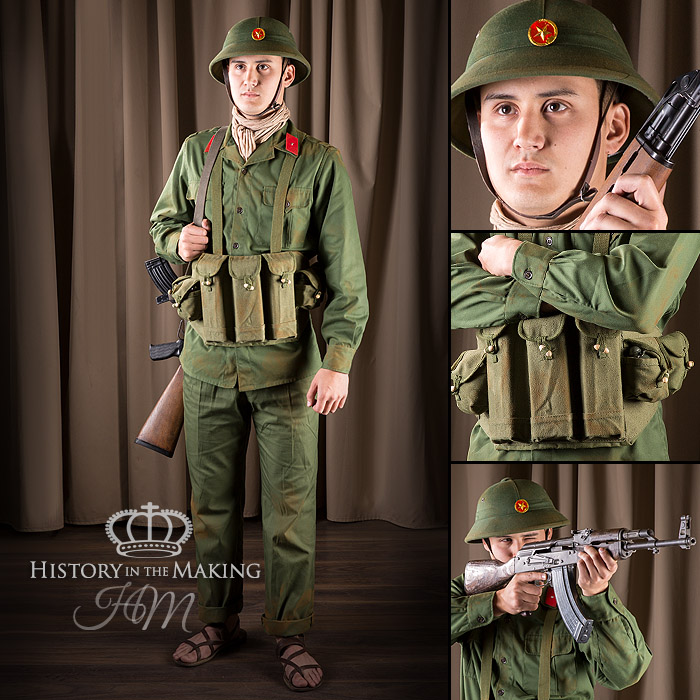The Vietnam War, a long and tumultuous conflict that spanned from 1955 to 1975, witnessed the rise of two formidable Vietnamese armed forces: the Viet Cong (VC) and the People’s Army of Vietnam (PAVN), also known as the North Vietnamese Army (NVA). While often used interchangeably, these two entities played distinct roles in the war, each with its unique organizational structure, tactics, and objectives. Understanding the differences between VC and NVA is crucial for comprehending the complexities of the Vietnam War and appreciating the resilience of the Vietnamese people.
VC: The Guerrilla Force at the Heart of the Resistance
The Viet Cong, meaning “Vietnamese Communists,” emerged as a clandestine guerrilla force dedicated to reunifying Vietnam under communist rule. Operating primarily in South Vietnam, the VC employed guerrilla warfare tactics, including ambushes, sabotage, and surprise attacks, to undermine the South Vietnamese government and its American allies.

Key Characteristics of VC:
Guerrilla Warfare: The VC relied heavily on guerrilla tactics, utilizing their knowledge of the terrain and the support of local villagers to wage a protracted war against the technologically superior American and South Vietnamese forces.
Indoctrination and Political Mobilization: The VC engaged in extensive political mobilization, indoctrinating villagers with communist ideology and garnering their support for the resistance movement.
Clandestine Organization: The VC operated in a highly decentralized manner, with cells and units scattered throughout South Vietnam, making it difficult for the enemy to identify and target their leadership.
NVA: The Regular Army of North Vietnam
The People’s Army of Vietnam (PAVN), also known as the North Vietnamese Army (NVA), served as the regular army of North Vietnam. Composed of trained and well-equipped soldiers, the NVA engaged in conventional warfare tactics, including frontal assaults and large-scale military operations, primarily in northern and central Vietnam.

Key Characteristics of NVA:
Conventional Warfare: The NVA employed conventional warfare tactics, utilizing its organized units, heavy weaponry, and centralized command structure to engage in direct confrontations with American and South Vietnamese forces.
Soviet Support: The NVA received significant military and logistical support from the Soviet Union, including advanced weaponry, training, and advisors.
Strategic Campaigns: The NVA launched major strategic offensives, such as the Tet Offensive of 1968, aimed at seizing control of key territories and demoralizing the enemy.
Comparing VC and NVA: A Side-by-Side Analysis
The table below summarizes the key differences between VC and NVA:
| Feature | VC | NVA |
|---|---|---|
| Primary Role | Guerrilla force | Regular army |
| Tactics | Ambushes, sabotage, surprise attacks | Frontal assaults, large-scale military operations |
| Organizational Structure | Decentralized, cell-based | Centralized, command-structured |
| Geographical Focus | South Vietnam | Northern and central Vietnam |
| Support | Local villagers, limited external support | Significant Soviet military and logistical support |
The Interplay of VC and NVA: A Unified Resistance
Despite their distinct roles and tactics, the VC and NVA worked in close collaboration throughout the Vietnam War, forming a formidable resistance movement against the American and South Vietnamese forces. The VC’s guerrilla warfare tactics complemented the NVA’s conventional operations, creating a multifaceted challenge for the enemy.
Conclusion: Understanding the Forces that Shaped History
The Viet Cong (VC) and the People’s Army of Vietnam (NVA) represent two pivotal forces that shaped the course of the Vietnam War. Their distinct roles, tactics, and objectives provide insights into the complexities of the conflict and the resilience of the Vietnamese people. Understanding the nuances of VC and NVA is essential for comprehending the historical context and appreciating the enduring legacy of the Vietnam War.